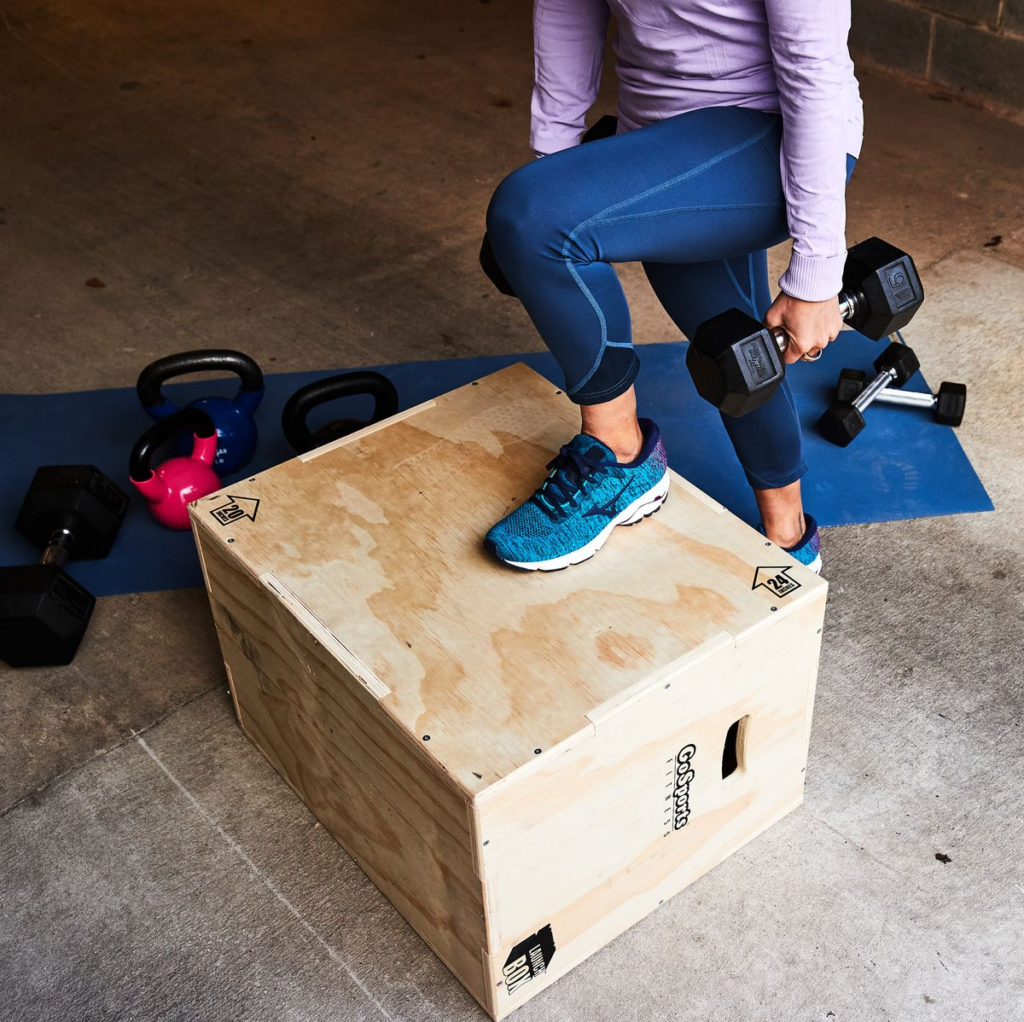New research suggests your activity outside of running may earn you a spot on the sidelines.

From stress fractures in my metatarsals to high hamstring tendinopathy, I’ve sustained more than my fair share of running injuries. Each time, I attempt to pinpoint the underlying reasons—an increase in kilometerage? Worn-down shoes? Weak hips?
I can’t always identify the root cause of my injuries—and I’m not alone. Many injuries remain a mystery, and even exercise scientists who study them have struggled to pinpoint consistent risk factors that increase runners’ chances of getting hurt. Now, some researchers think other activities and habits may play a role in the occurrence of injuries.
“There are things you do the other 23 hours of the day that may be contributing to or protecting you from injury,” says Kellee Harper-Hanigan, D.P.T., Ph.D., associate professor of physical therapy at Lincoln Memorial University.
In a recent editorial in the Journal of Orthopaedic & Sports Physical Therapy, Harper-Hanigan and her colleague Allison Gruber, Ph.D., associate professor of kinesiology at Indiana University Bloomington, proposed a new framework when considering injuries. They suggest researchers, sports medicine experts, and runners consider non-running physical activities—including cross training, work, and household chores—when studying, treating, and recovering from injuries.
It’s not just kilometerage that matters
There are several reasons to factor in other movements when considering the likelihood of injury. First, there’s the accumulation of load, or physical stress, on your body. Unless they result from a fall or other sudden event, “injuries are a mechanical fatigue phenomenon,” Gruber says. “You have to load tissues in order to have them adapt and get stronger, but too much loading without enough repair is going to lead to injuries.”
In addition to the impact of running itself, activities like housework, physically demanding jobs, and other workouts add to the load or strain on your musculoskeletal system. For example, using data from another study, Harper-Hanigan and Gruber calculated that if you stand for eight hours on the job, you’re putting the same amount of stress on your knees as you would walking a full marathon.
If you’re allowing yourself enough recovery time, this additional stimulus might strengthen your bones, muscles, and other soft tissues in a way that actually protects you from future running injuries. “But if you’re loading too much and not getting enough rest, that’s going to increase the speed at which you develop those little micro-stresses in the tissues that lead to injury,” Gruber says.
Efren Caballes, D.O., a runner and a sports medicine physician in Boulder, Colorado, has seen this with patients and in his own training. “I’ve had two tibial stress fractures in the past, and when I added up my running load, I wasn’t really running that much,” he says. But then he considered how much time he spent on his feet at the clinic, wearing stiff, uncomfortable dress shoes. That extra strain likely contributed, he believes.
You need to fuel for your life and for your runs
Another factor leading to injury could be energy deficiency, says Rich Willy, P.T., Ph.D., associate professor at the University of Montana and director of the Montana Running Lab, who also studies running injuries.
Busy runners often expend more energy than they realize, he says. They might stand during Zoom calls, ride their bike to a group run, or park farther from the grocery store to get more steps in, without counting those as physical activities. If they don’t eat enough to cover all their needs, their bodies lack resources to repair the minor damage to muscles and bones from running, increasing their risk for stress fractures and other injuries.